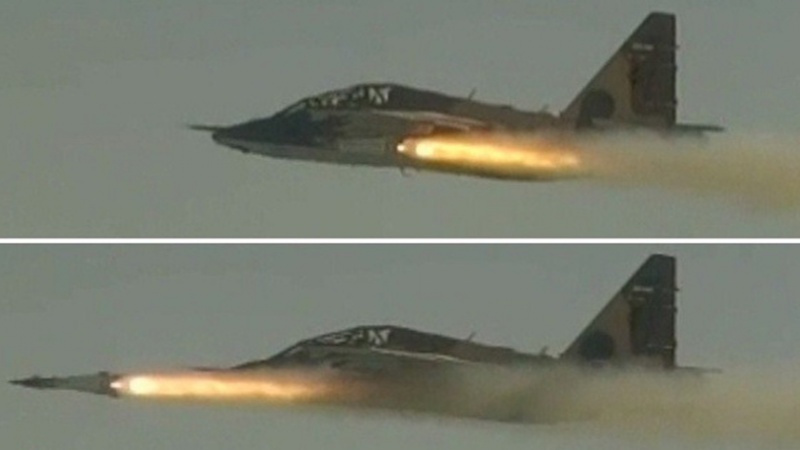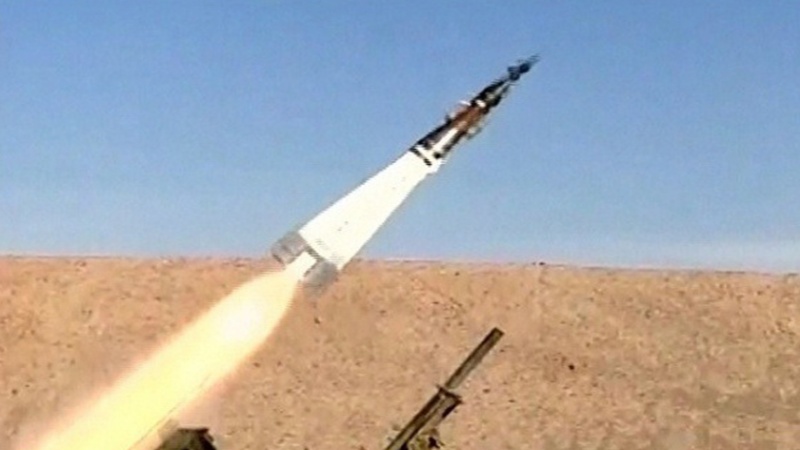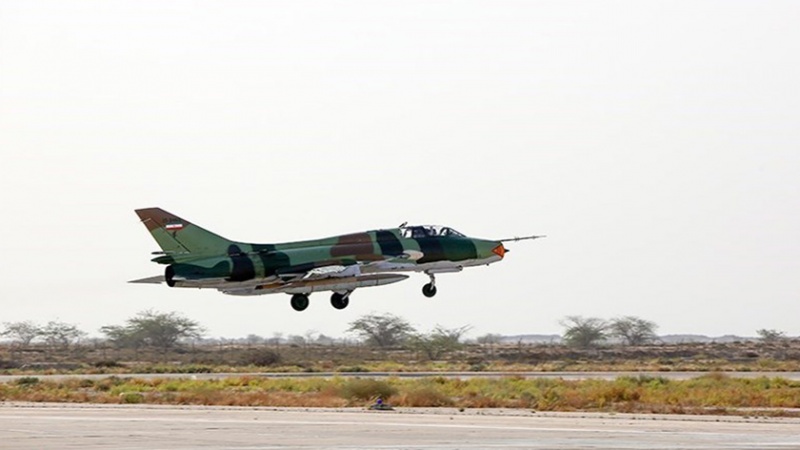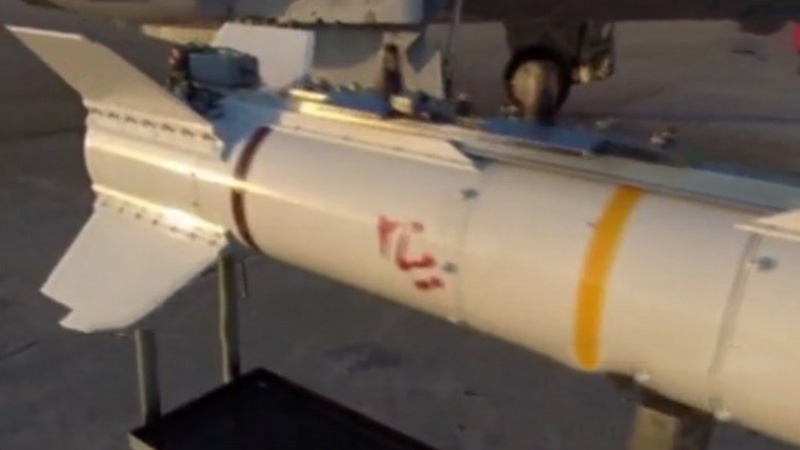Iran Press/ Iran News: The "Bina" laser air-to-surface missile, designed and manufactured by Iranian defense industry experts, was unveiled on February 10, 2014, by the Iranian Ministry of Defense.
Overview
The missile was designed and built using the latest technologies in the Ministry of Defense of Iran and has been tested with the help of Iran's Islamic Revolution Guard Corps (IRGC) Aerospace Force and new types have been introduced. The missile was successfully test-fired from a Sukhoi 25 and a ground firing platform.
Bina is a surface-to-air missile designed for adverse weather conditions and effective against distant and relatively large targets. It can be fired from air to surface and surface to surface. Other targets include air defense systems, vessels, transport vehicles, and fuel tanks.

Bina bears some resemblance to the American AGM-65 Maverick missile. Although Bina is capable of firing from ground launchers, its main mission is air-to-ground and air-to-surface.
Features
Bina missile is configured with a cylindrical fuselage, trapezoidal control wings at the muzzle, and triangular main wings extending close to the muzzle with trapezoidal appendages at the tip of the wing.
The solid propellant of this missile, like other missiles, is located at the end of the fuselage, and the laser search section and its muzzle are similar to the Sattar-4 laser-guided bomb, and in fact in the form of GBU-12 Paveway II laser-guided bombs.

Depending on the range and amount of combat load of Sattar missiles, the amount of Bina war load can be estimated at at least 70 to 100 kg.
Firing from surface
One of the remarkable points of the Bina missile is the surface-to-surface firing. Although many of the world's built missiles can be used both air-to-surface and surface-to-surface, such as some anti-tank missiles, anti-ship missiles, and anti-ground cruise missiles, so far surface-to-surface laser-guided missiles of this size and weight have not been observed with this operational method.

This method of using the Bina missile in combination with a mobile launcher can be used for very precise destruction of equipment, and fortifications and cutting off enemy supply lines within a range of dozens of kilometers; it can reduce the need for air support, especially in conditions of enemy air superiority or the presence of heavy air defense in the target area.
In this case, the laser marking must be performed by drones or special forces. Of course, these two methods can also be used in the case of laser-guided missiles fired from fighter jets or bombers and eliminates the risk of damage to expensive manned aircraft in the role of the marker. According to the Iranian defense officials, the Bina missile has other capabilities besides the announced ones, which will be introduced in the future.
Bina-2 Laser-Guided Missile
After the unveiling of the Bina missile in 2014, there was not much news about it until a new generation of Bina missiles called "Bina-2" was unveiled in 2018 at the unveiling ceremony of 10 upgraded Sukhoi 22 fighter jets of the IRGC Aerospace Force.
Bina was originally designed for use in Sukhoi 25 and F-4 Phantom, but after the IRGC delivered Sukhoi 25 aircraft to Iraq to fight ISIS, IRGC's Sukhoi 22 were equipped to carry Bina optimized prototype.

Considering that Bina is a laser-guided missile, so the IRGC Aerospace Force has equipped Sukhoi 22 fighters with laser indicator pods to enable laser-guided missiles for the fighter, especially the new Bina-2 missile. Bina-2 has changed compared to the previous version in the fuselage and warhead, which has increased its precision and range.
216
Read more:
IRGC Laser Guidance Missile System unveiled
Farhad Nayeb

